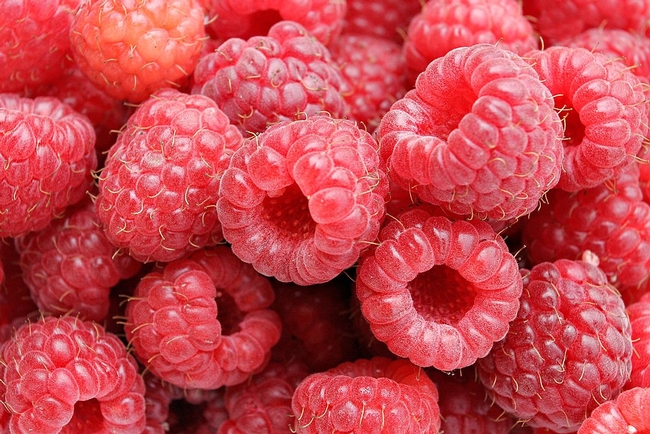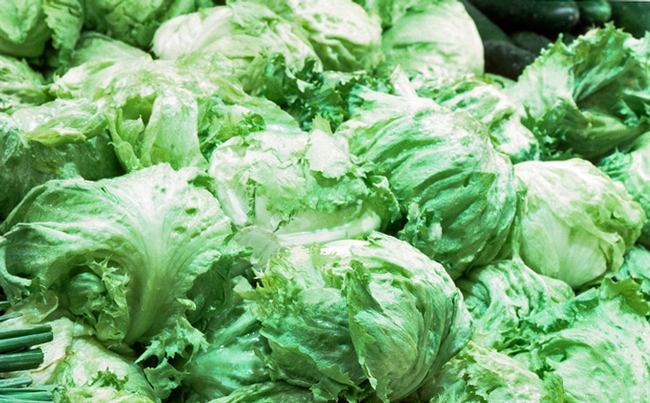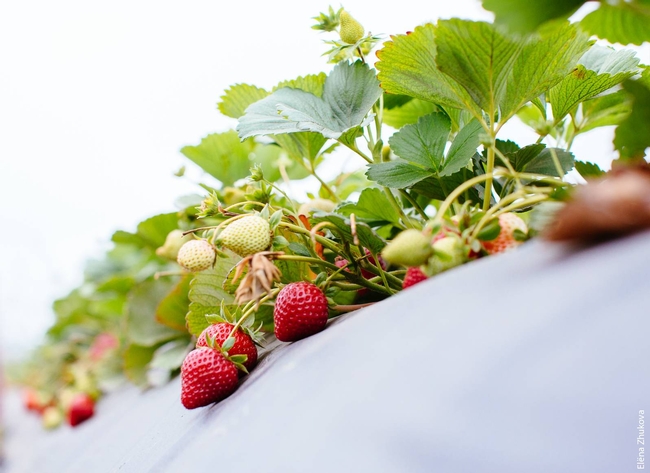Posts Tagged: Laura Tourte
Agtech is changing farming in California
Technology holds tremendous promise for the California agricultural industry, however there are challenges that must be better understood and managed, wrote Damon Kitney in an article distributed to participants in an Oct. 2 technology conference in San Francisco.
Using artificial intelligence to speed up genetic selection is one area where technology is evolving in the laboratories of the Silicon Valley. Glenda Humiston, the vice president for UC Agriculture and Natural Resources, was quoted extensively in Kitney's article about the potential of AI and other technologies in agriculture.
"Artificial intelligence is extremely difficult in agriculture because of the huge amount of variability in environmental conditions across a single field," Humiston said. "This requires many sensors, complex algorithms and large real-time data processing - all integrated and working together to inform decisions and actions."
Humiston said the ability to pull together an array of data - from drones, robots, sensors and genomics - and use it for informed decision making will require significant improvements in how 'big data' is managed. Point solutions are being developed by universities, startups and corporate innovators, but few are integrated to provide real-life solutions for farmers.
"Integration will be a key factor in making these technologies affordable and available to most farmers," she said. "Many startup technologies for agtech are hitting the market with glossy websites, pitch events and marketing materials that appeal to investors, but the science behind them is dubious."
A key issue covered in the article is the cost and availability of labor in berry production. About 60 percent of the costs associated with berries are labor. At times, a significant portion of berries are lost when farmers can't find labor to get them picked.
Despite the effort to find technology to cut labor needs, human labor in the field will never be replaced, according to Mark Bolda, UC Cooperative Extension strawberry and caneberry advisor for Santa Cruz County.
"It's not realistic to see robots as the full solution for our labor issues, rather more success will be found in berries by combining robots with already existing labor of humans," he said.
Berries are very soft fruits. Technology to find them, pick them and put them in a box does not exist, Bolda said. Robots of the future will likely transport full boxes out of the field, bring in new boxes, monitor the rate of picking and charting field issues.
UCCE farm management advisor Laura Torte concurs.
"Humans bring sensory attributes to agriculture that robotics and mechanization has not - yet - been able to perfect," she said.
Growers get help from UC in estimating raspberry production costs
When growers are considering a new crop to plant, and penciling out their expenses and income, cost estimates from the University of California may help. A new cost and return study for commercially producing raspberries released by UC ANR Agricultural Issues Center and UC Cooperative Extension includes an expanded section on labor.
Sample costs to establish, produce and harvest raspberries for fresh market in Santa Cruz, Monterey and San Benito counties are presented in “Sample Costs to Produce and Harvest Fresh Market Raspberries in the Central Coast Region – 2017.”
“The study focuses on the many complexities and costs of primocane raspberry production over a three-year period, including crop establishment, fertility practices, overhead tunnel management, harvest and rising labor costs," said Mark Bolda, UC Cooperative Extension farm advisor and co-author of the study.
The analysis is based upon a hypothetical well-managed farming operation using practices common to the region. The costs, materials, and practices shown in this study will not apply to all farms. Growers, UC Cooperative Extension farm advisors and other agricultural associates provided input and reviewed the methods and findings of the study.
“This raspberry cost and return study is the result of significant effort on the part of UC Cooperative Extension, the Agricultural Issues Center and several grower and industry collaborators, who shared their expertise and contributed mightily to the end product,” said Laura Tourte, UC Cooperative Extension farm management advisor and co-author of the study.
This study assumes a farm size of 45 contiguous acres of rented land. Raspberries are planted on 42 acres. The crop is hand-harvested and packed into 4.5-pound trays. There is a fall harvest during production year 1, a spring and fall harvest during production year 2, and a spring harvest during production year 3. Each harvest is three months long.
The authors describe the assumptions used to identify current costs for production material prices and yields. Tables show the phase-in schedules for California's minimum wage and overtime laws through the year 2022. Other tables show the monthly cash costs, the costs and returns per acre, hourly equipment costs, and the whole farm annual equipment, investment and business overhead costs.
Free copies of “Sample Costs to Produce and Harvest Fresh Market Raspberries in the Central Coast Region - 2017” can be downloaded from the UC Davis Department of Agricultural and Resource Economics website https://coststudies.ucdavis.edu. Sample cost of production studies for many other commodities are also available at the website.
The cost and returns studies program is funded by the UC Agricultural Issues Center and UC Cooperative Extension, both of which are part of the UC Division of Agriculture and Natural Resources, and the UC Davis Department of Agricultural and Resource Economics.
For additional information or an explanation of the calculations used in the studies, contact the UC Agricultural Issues Center at (530) 752-4651 or UC Cooperative Extension advisors Mark Bolda at (831) 763-8025 or Laura Tourte at (831) 763-8005 in Santa Cruz County.
Broccoli and lettuce cost studies released by Agricultural Issues Center
New studies with sample costs to produce and harvest iceberg lettuce and broccoli for fresh market in Monterey, Santa Cruz and San Benito counties have been released by UC ANR Agricultural Issues Center and UC Cooperative Extension. Vegetable growers may find these useful for estimating their own production costs and potential returns on investment.
“These studies have an expanded section on labor, which includes information on California's new minimum wage and overtime laws,” said Laura Tourte, UC Cooperative Extension farm management advisor in Santa Cruz, Monterey and San Benito counties, who co-authored the study.
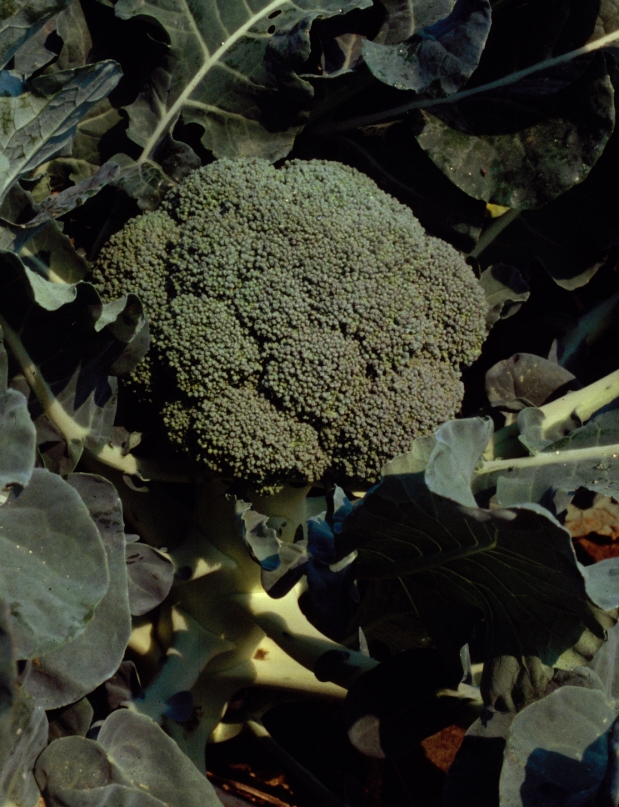
Both studies assumes a farm operation of 1,500 non-contiguous acres of rented land. The hypothetical iceberg-lettuce farm has 250 acres planted to iceberg lettuce. The lettuce is hand-harvested into 42-pound cartons containing 24 film-wrapped heads. The hypothetical broccoli farm has 500 acres planted to broccoli. The broccoli is hand-harvested into 21-pound bunch cartons. On each farm, the remaining acreage is assumed to be planted to other cool season vegetable crops.
The authors describe the assumptions used to identify current costs for production material inputs, cash and non-cash overhead. Ranging analysis tables show net profits over a range of prices and yields. Other tables show the monthly cash costs, the costs and returns per acre, hourly equipment costs, and the whole farm annual equipment, investment and business overhead costs.
Free copies of “Sample Costs to Produce and Harvest Iceberg Lettuce in the Central Coast - 2017” and “Sample Costs to Produce and Harvest Broccoli in the Central Coast - 2017” and other sample cost of production studies for many commodities are available. To download the cost studies, visit the UC Davis Department of Agricultural and Resource Economics website at https://coststudies.ucdavis.edu.
The cost and returns studies program is funded by the UC Agricultural Issues Center and UC Cooperative Extension, both of which are part of the UC Division of Agriculture and Natural Resources, and the UC Davis Department of Agricultural and Resource Economics.
For additional information or an explanation of the calculations used in the studies, contact Jeremy Murdock of the Agricultural Issues Center at (530) 752-4651, Richard Smith UC Cooperative Extension advisor in Monterey County, at (831) 759-7357 or Tourte at (831) 763-8005.
New cost estimates for strawberry production released by UC Agricultural Issues Center
A new costs and returns study for strawberries has been released by UC Agricultural Issues Center and UC Cooperative Extension to help growers make farm management decisions. The study presents sample costs to produce and harvest strawberries for fresh market in Santa Cruz andMonterey counties. The cost study is in Spanish at http://ucanr.edu/files/269041.pdf.
“The study also has an expanded section on labor, which includes information on California's new minimum wage and overtime laws,” said Laura Tourte, UC Cooperative Extension farm management advisor in Santa Cruz, Monterey and San Benito counties, who co-authored the study.
The analysis is based upon a hypothetical well-managed farming operation using practices common to the Central Coast region. The costs, materials, and practices shown in this study will not apply to all farms. Growers, UC ANR Cooperative Extension farm advisors and other agricultural associates provided input and reviewed the methods and findings of the study.
The study assumes a fairly flat farm operation of 50 contiguous acres of rented land. Strawberries are planted on 45 acres. From April through early October, the crop is harvested by hand and packed into trays containing eight 1-pound clamshells. Harvest peaks in June and July.
The authors describe the assumptions used to identify current costs for production material inputs, cash and non-cash overhead. Ranging analysis tables show net profits over a range of prices and yields. Other tables show the monthly cash costs, the costs and returns per acre, hourly equipment costs, and the whole farm annual equipment, investment and business overhead costs.
Free copies of “Sample Costs to Produce and Harvest Strawberries in the Central Coast Region-2016” and other sample cost-of-production studies for many other commodities are available. To download the cost studies, visit the UC Davis Department of Agricultural and Resource Economics website at https://coststudies.ucdavis.edu
The cost and returns studies program is funded by the UC Agricultural Issues Center and UC Cooperative Extension – both of which are part of the UC Division of Agriculture and Natural Resources – and the UC Davis Department of Agricultural and Resource Economics.
For additional information or an explanation of the calculations used in the study, contact the UC Agricultural Issues Center at (530) 752-4651, Mark Bolda, UC Cooperative Extension advisor in Santa Cruz County, at (831) 763-8025 or Tourte at (831) 763-8005.
UPDATED Sept. 13, 2017, to add link to Spanish version of cost study.
New guide promoting local fresh fruit and vegetables is doing a lot of good
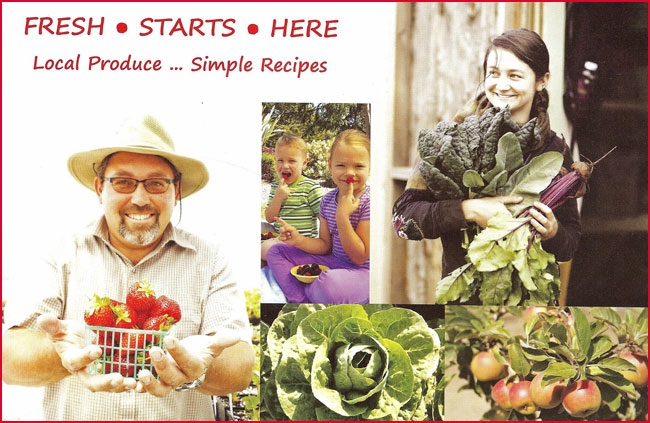
“Santa Cruz County farmers provide an array of quality fresh fruits and vegetables that can help residents to be healthier,” said Laura Tourte, UC Cooperative Extension advisor and one of the project's coordinators. “Everybody wins.”
The 40-page booklet – titled Fresh • Starts • Here – was developed by UCCE, the Palo Alto Medical Foundation (PAMF) and the Santa Cruz County Farm Bureau. It assembles a wide variety of resources into a compact form, with information about the seasons for local fruits and vegetables, nutritional information and directions for choosing, storing and preparing healthy foods using some of Santa Cruz County's top crops. Six farmers are profiled in the booklet along with four medical doctors and a registered dietitian, who provide suggestions about accessing fresh fruits and vegetables and reasons for eating them.
“It's not often you'll find stories about farmers and doctors in the same place, but it's a natural fit,” Tourte said. “Doctors know the health benefits of eating fresh fruits and vegetables, and farmers grow them.”
Dr. Karen Harrington, a family medicine physician, shared a seasonal salad recipe that includes cabbage, kale, tomatoes, bell peppers, cucumbers, scallions and parsley.
“Making a salad that uses many different fruits and vegetables and keeps for several days is a great and convenient way to help improve your health,” she said.
Pediatrician Casey Schirmer is pictured in the guide with his cousin Joe Schirmer, owner of an organic farming operation in Santa Cruz.
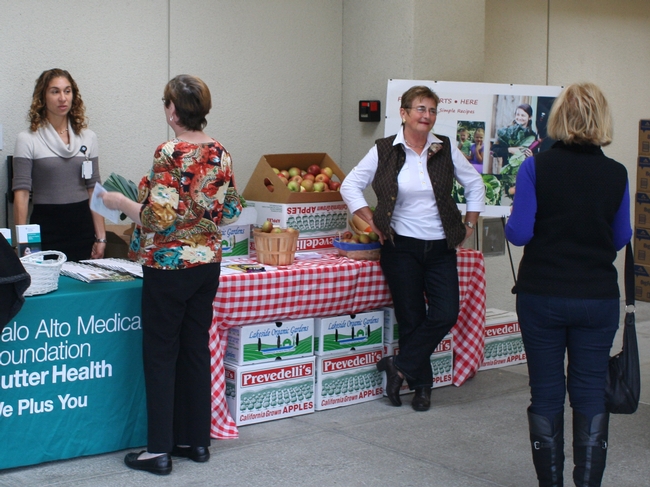
The development committee, local farmers and physicians donated their time and effort to the project. UCCE funded the printing of the first 2,000 copies of the booklet. The guide was recently the focus of three outreach events at PAMF clinics, where farmers and PAMF staff teamed up to distribute the guide and other health information at no cost to PAMF patients, visitors and staff. A Spanish language version – which was funded with contributions from UCCE, PAMF and Lakeside Organic Gardens – is in press and expected to be available to the community later this month.
Tourte said the committee has received more requests for the guide than they can currently accommodate. They are now seeking funding to print additional copies, and planning to partner with others in the community to share the information.
“This guide, two years in the making, is our group's foundational piece. It is the beginning of many more activities and educational events we have planned for the future,” Tourte said.
An initiative to enhance competitive and sustainable food systems is part of the UC Division of Agriculture and Natural Resources Strategic Vision 2025.

